|
|
| Chinese
Holidays |
Mid-autumn
Festival |
|
Mid-autumn festival represents
the Chinese version of Harvest Festival aka, harvest
home.
However it is deeply related to Chang-e the Moon Goddess,
who's unrequited love for a mortal interweaves this
most precious of Chinese days; as she and her sad story
are still revered to this day. Her image appears on
many festive gifts such as mooncakes, boxes and wrappers.
She is often referred to in English as 'The Lady in/of
the Moon'. You can read more about her fate here...
Mid-Autumn Festival or Moon Festival is known to Chinese
as Zhong Qui Jie - 中秋節(Cantonese), 中秋节 (Mandarin), zhōngqiūjié
(Pinyin). This festival is also revered in Vietnam,
where it is known as Tết Trung Thu. It is a major holiday
in these countries, and of course in Taiwan, Hong Kong
and Macao.
Other Chinese related countries also respect this day
such as Singapore, Malaysia and The Philippines; although
it is not always a public holiday outside areas of direct
Chinese descent. Vietnam in this case is included because
the country, and especially the north, shares common
Cantonese history over millennia.
Mid-autumn Day occurs on the 15th day of the eighth
lunar month of the Chinese calendar, which is in September
or early October in the Gregorian calendar. It is a
date that parallels the autumnal equinox of the solar
calendar, when the moon is at its fullest and roundest.
The Festival can be traced back through literature to
the Shang dynasty some 3, 500 years ago. Presumably
it predates this by millennia, as certain references
in text allude to ancient myths - that are now being
proved to be fact!
The Mid-Autumn Festival is one of the few most important
holidays in the Chinese calendar, the others being Chinese
New Year and Winter Solstice, and is a legal holiday
in several countries.
Traditionally farmers celebrate the end of the summer
harvesting season on this date. On this day Chinese
family members and friends will gather to admire the
bright mid-autumn harvest moon, and eat moon cakes and
pomelos (Chinese Grapefruit)
under the moon together. Accompanying the celebration,
there are additional cultural or regional customs, such
as: |
|
* Carrying brightly lit lanterns,
lighting lanterns on towers, floating sky lanterns
* Burning incense in reverence
to deities including Chang'e (Chinese: 嫦娥; pinyin:
Cháng'é)
* Planting Mid-Autumn
trees
* Collecting dandelion
leaves and distributing them evenly among family
members
* Fire Dragon Dances
In Taiwan, since the 1980s, barbecuing meat outdoors
has become a widespread way to celebrate the Mid-Autumn
Festival. Haze can usually be seen blocking the
moon in Singapore.
Shops selling mooncakes before the festival often
display pictures of the Moon Goddess Chang'e floating
to the moon.
Mid-autumn Festival usually coincides with Chinese
National Golden Week Holidays, which begin each
year on 1st October. When like this year (2010)
the two are a week apart it can lead to some confusion
regards public holidays and time off work, especially
for foreign businessmen. |

|
|
|
If you receive a giftbox of Mooncakes then know you
are being both honoured and included in Chinese tradition.
There is no requirement for foreigners to return a similar
gift to the giver, but it would be wise to do so. This
in turn means that you, your PA, wife or close friends
needs to be aware of your social circle, and of what
to expect - often PA's will exchange notes behind the
scenes so no embarrassment can be inferred.
Related Pages:
* Mid-autumn Festival - this page
* Chang-e
(Chang'e), The Lady of the Moon
* Mooncakes |
|
This information is as supplied by ourselves, and
ably supported by our friends and various internet
portals.
Much of this was sourced and/or adapted from Wikipedia
under Collective Commons Licence, including the main
picture in text. Please use this link
to refer to our sources. |
|
| Search
this Website |
|
|
| Descriptions |


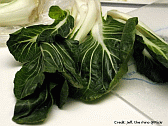
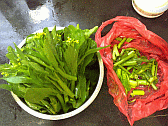
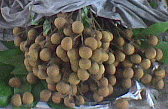
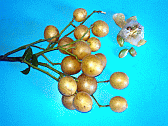
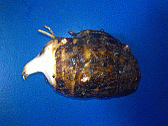
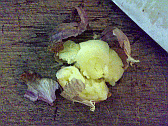
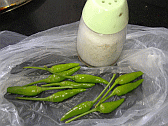
|
|